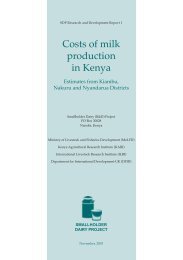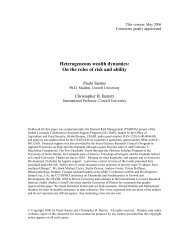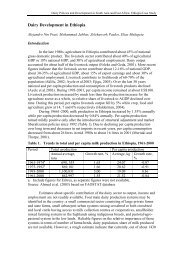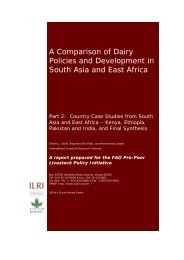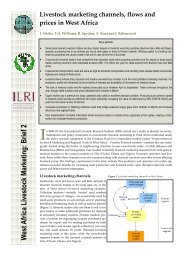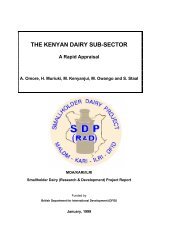Designing ecological and biodiversity sampling strategies
Designing ecological and biodiversity sampling strategies
Designing ecological and biodiversity sampling strategies
You also want an ePaper? Increase the reach of your titles
YUMPU automatically turns print PDFs into web optimized ePapers that Google loves.
AbstractEmpirical studies of patterns in <strong>biodiversity</strong> <strong>and</strong> other <strong>ecological</strong> phenomena requirefield measurements. While finding a method of measurement at a predetermined sitecan be challenging, the locations at which samples are to be taken also have to bechosen. Despite many years of empirical field research in ecology, many studies seemto adopt designs which are poorly suited to their purpose. This paper discusses someof the key issues regarding <strong>sampling</strong> design in such studies.Objectives of the study should drive all aspects of design, hence clear <strong>and</strong>unambiguous objectives are a prerequisite to good design. These objectives mustinclude testing hypotheses. Most practical designs are hierarchical. Questions ofreplication <strong>and</strong> sample size can only be addressed once the hierarchy is understood,<strong>and</strong> the scales at which different objectives will be met are identified. Stratification isa key tool in making the design efficient for testing hypotheses. At any level in thehierarchy there are options of using either systematic or r<strong>and</strong>om <strong>sampling</strong>, withadvantages <strong>and</strong> disadvantages of both. High levels of unexplained variation aretypical in many <strong>ecological</strong> studies, <strong>and</strong> may mean no useful results are obtained. Thepaper discusses <strong>strategies</strong> for coping with high variation.iv



